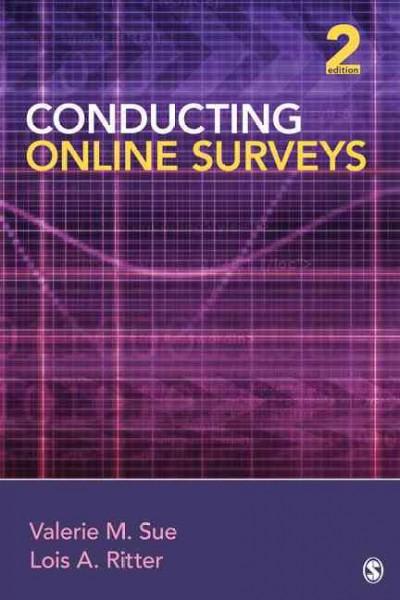Question
Determine which of the seven threats to internal validity may apply to each example below (history, maturation, statistical regression, testing, mortality, instrumentation). 1. A researcher
Determine which of the seven threats to internal validity may apply to each example below (history, maturation, statistical regression, testing, mortality, instrumentation).
1. A researcher decides to try a new mathematics curriculum in a nearby elementary school and to compare student achievement in math with that of students in another elementary school using the regular curriculum. The researcher is not aware, however, that the students in the "new curriculum" school have computers to use in their classrooms.
2. A researcher wishes to compare two different kinds of textbooks in two high school chemistry classes over a semester. She finds that 20% of one group and 10% of the other group are absent during the administration of unit tests.
3. Teachers of an experimental English curriculum as well as teachers of the regular curriculum administer both pre- and posttests to their own students.
4. Eight-grade students who volunteer to tutor third-graders in reading show greater improvement in their own reading scores than a comparison group that does not participate in tutoring.
5. Those students who score in the bottom 10% academically in a school in an economically depressed area are selected for a special program of enrichment. The program includes special games, extra materials, special "snacks," specially colored materials to use, and new books. The students score substantially higher on achievement tests 6 months after the program is instituted.
6. A researcher designs a study to investigate the effects of simulation games on ethnocentrism. She plans to select two high schools to participate in an experiment. Students in both schools will be given a pretest designed to measure their attitudes toward minority groups. School A will then be given the simulation games during their social studies classes over a three day period while school B sees travel films. Both schools will then be given the same test to see if their attitude toward minority groups has changed. the researcher conducts the study as planned, but a special, unplanned documentary on racial prejudice is shown in school A between the pretest and the posttest.
7. A researcher uses pre- and posttests of "anxiety level" to compare students given relaxation training with students in a control group. Lower scores in the experimental group result.
8. In a experiment of surveying methods, several people failed to return the control group survey.
9. Concerned about pretest sensitization, a researcher constructs a test that is extremely difficult, and that is not content valid, and administers it to both the experimental and control groups. The posttest used to measure gains in achievement is not as difficult, and the experimental group shows a slight larger improvement over the control group.
10. A researcher uses the same set of problems to measure change over time in student ability to solve mathematics word problems. The first administration is given at the beginning of a unit of instruction; the second administration is given at the end of the unit of instruction, three weeks later. Improvement scores result.
11. The achievement scores of five elementary schools whose teachers use a cooperative learning approach are compared with those of five schools whose teachers do not use this approach. During the course of the study, the faculty of one of the schools where cooperative learning is not used is engaged in a disruptive conflict with the school principal.
12. A researcher tests a group of students enrolled in a special class for "students with artistic potential" every year for six years, beginning when they are aged five. She finds that their drawing ability improves markedly over the years.
13. The researcher uses a self-made test to compare the experimental and control group.
14. In an experimental test of alternative forms of the SAT, a group took the traditional SAT test form which lasted approximately four hours, and then took the shortened version which lasted about one hour immediately afterwards.
Step by Step Solution
There are 3 Steps involved in it
Step: 1

Get Instant Access to Expert-Tailored Solutions
See step-by-step solutions with expert insights and AI powered tools for academic success
Step: 2

Step: 3

Ace Your Homework with AI
Get the answers you need in no time with our AI-driven, step-by-step assistance
Get Started


